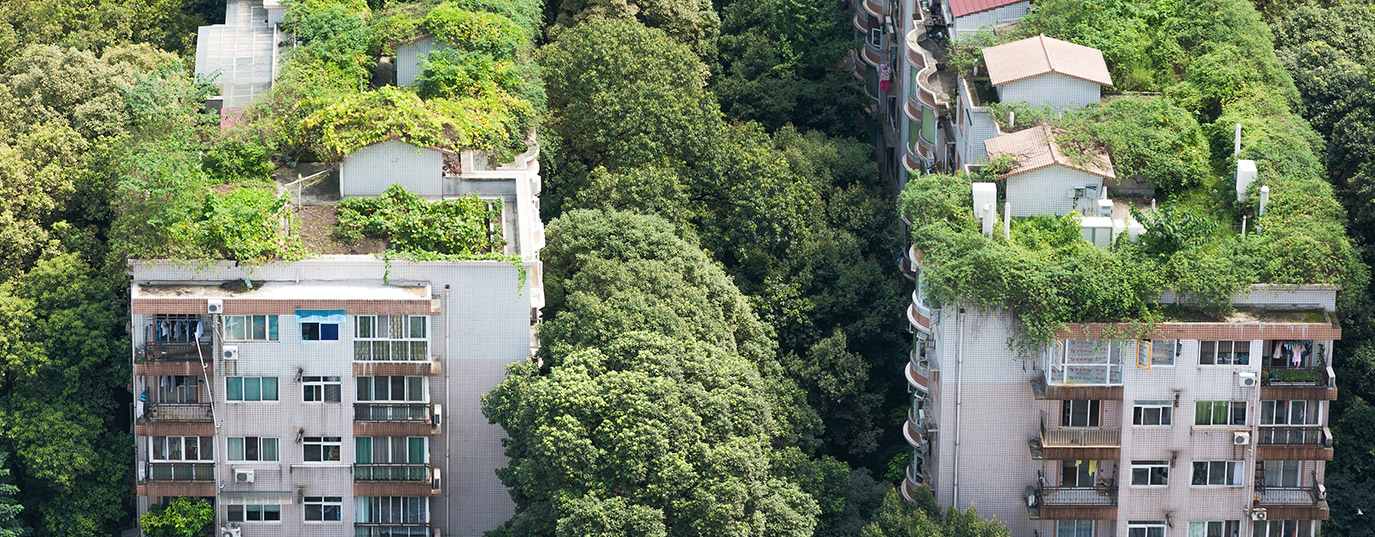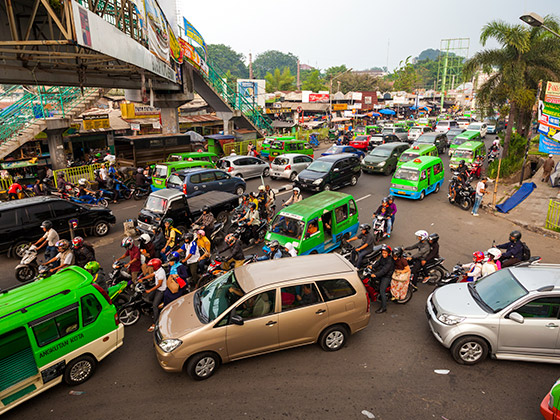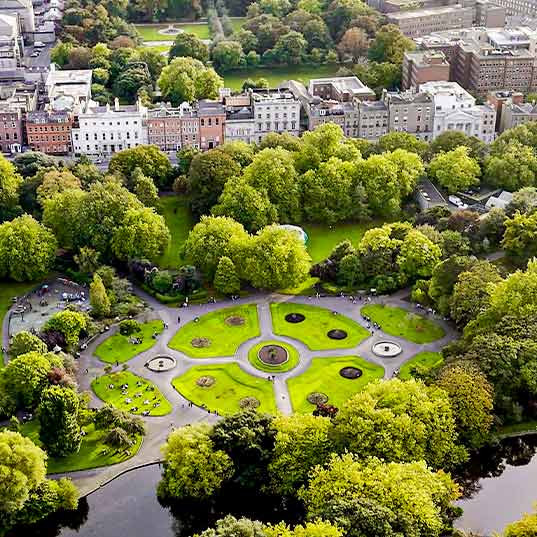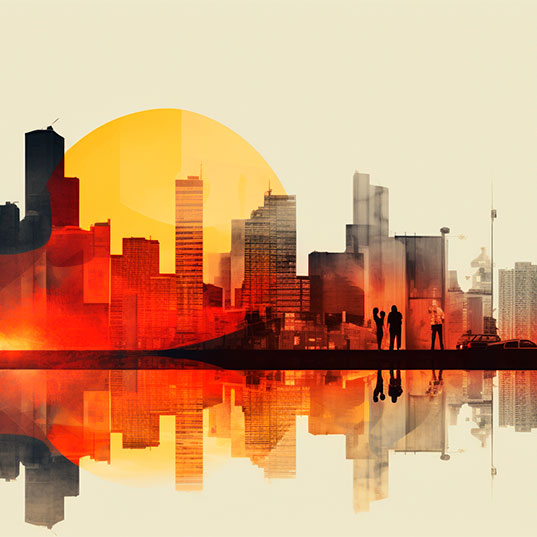The cities we’d love to live in
Creative projects that make cities better places to live
21st Century cities need to meet new urban development challenges that are not only concerned with population growth and density, but more than anything about making them inclusive, safe, resilient and sustainable places in which to live: needs that governments and society can no longer ignore.
Poor traffic management, out-of-control construction work, increasing air pollution, garbage accumulating… all these are problems drowning our cities and obliging us to explore a new way of living. In 2050, the number of people living in towns and cities will have doubled compared to 50 years ago. We’re talking about a paradigm change here.
Fortunately, some city halls are moving forward in their desire to change, introducing fresh and interesting sustainable movility and development that could well suit other places in the world, making the lives of residents more comfortable and sustainable. Let’s look at some.
20 minutes from everything
One of the biggest environmental problems for cities is the need to drive just about everywhere. This is especially the case in new suburbs lacking basic services that people need to be constantly accessing. To address this, the city of Portland in the US has invented the concept of 20-minute neighborhoods where residents can satisfy most of their daily needs within walking or cycling distance.
The Portland initiative forms part of its Climate Action Plan and aims, by 2030, that 90% of inhabitants will be doing all their errands on foot or by bicycle, transforming the city into a healthier, more sustainable place to live - and saving 850 million dollars a year in the bargain.
Rooftops as lungs
For some time now, the rooftops of Toronto have shone a bright green. The Canadian city passed legislation over 6 years ago obliging all buildings of over 2,000 square meters to fill their rooftops with plant life. The aim of the project is to reduce CO2 emissions and it is saving building owners around 1.5 million kWh per year.
Copenhagen has joined in the sustainability initiative with the aim of becoming carbon neutral (zero net CO2 emissions) in 2025, also requiring new building owners to introduce plant life to their rooftops.
On the seventh day there was rest… from the car

The Indonesian capital Jakarta has obliged its citizens to go Sundays without car for over a decade now, to liberate itself at least one day a week from the traffic asphyxiating the city during the other days. Sundays see private vehicles banned from its main highways to incentivize the use of public transport and cycling, and promote physical exercise in cleaner air.
Tar made from recycled plastic
What to do with the plastics we generate is the 21st Century’s great question. And it seems that all the answers point to the circular economy: reduce, reuse, recycle. In this respect, we have found an interesting idea for roads in the United Kingdom.
The traditional asphalt we all know is made up of rocks and sand mixed with bitumen. Now a Scottish company has built a road in which this mix is partly made up of 100% recycled waste. Cars are now being tried out on a test road and, if it proves successful, the UK says it will go ahead and introduce this kind of highly sustainable road nationwide.
Metering every liter
According to data from the Spanish Water Supply and Sanitation Association (AEAS), about 23% of drinking water consumed in Spain remains unmetered. The city of Burgos is now working to tackle the problem. But how? Through a system of smart domestic meters that monitor each householder’s use and a sensor network controlling water quality in real time, detecting leaks and any purity concerns. This not only yields significant water savings, but also great improvements in water management.
Buildings learning to be efficient
Madrid is another city in Spain fast advancing in sustainability. Its Madrid Central initiative, which began at the start of 2018, has seen major traffic restrictions in the city center, making life difficult for owners of the dirtiest cars.
Now it’s the turn of buildings. As part of its air quality and climate change plan, the Spanish capital is introducing a system to improve the energy efficiency of 400 public buildings, colleges, sports and social centers, etc. The system, with the help of Big Data and Machine Learning, will be able to collect energy consumption data from all these buildings and adjust the use of their equipment to improve performance. This will mean lower atmospheric emissions and consequently a cleaner city.
Enjoying life in the street
Many years ago, in Pontevedra in northern Spain, they decided it would become a city for people. Since 1999, it has pursued a public space recovery plan where pedestrians are the priority: works to improve accessibility, creation of special spaces for children, pedestrianization of shopping streets, have been central to development.
The results are impressive. Over time, the Galician city has cut its polluting emissions by over 60% and there have been 0 pedestrian deaths on its streets.
Source: Verne, I’mnovation-Hub, El País, Europa Press







